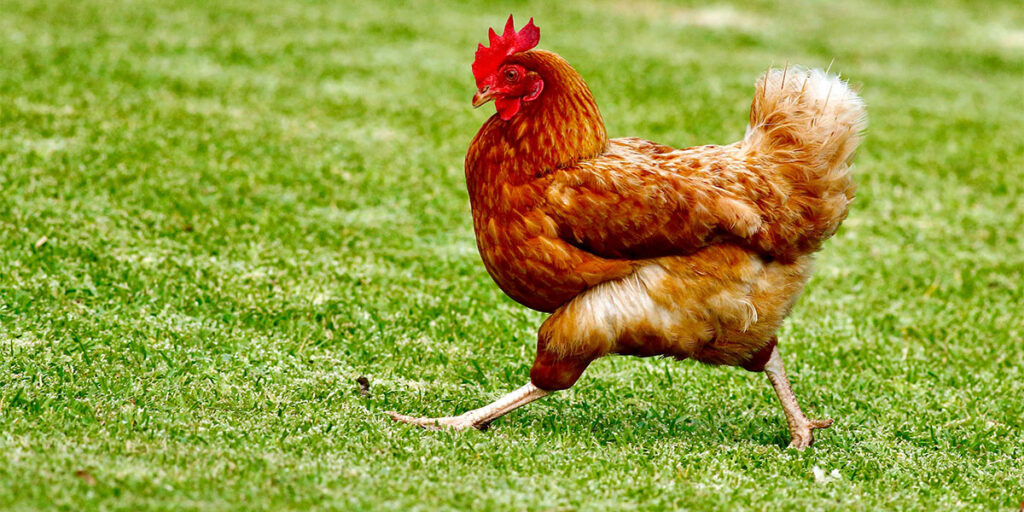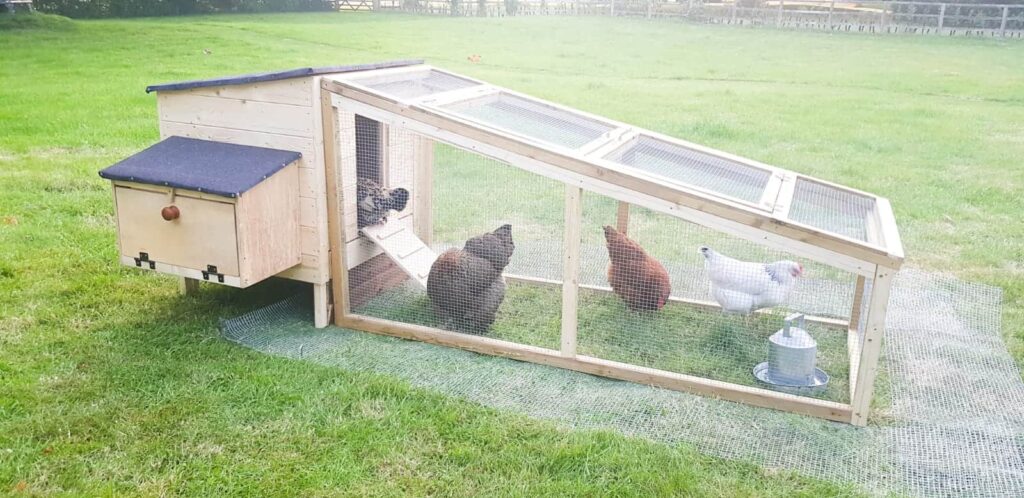
Chickens are one of the best animals for beginners as they are relatively easy to obtain and raise. You can buy them at any stage of development, from fertilized eggs to old hens. It is best to obtain them through a local hatchery or breeder. Note that purchasing chicks through mail is a common way to get them; and may be your only way. Day-old chicks are the cheapest option, however, they require extra attention and special equipment until they’ve grown.
Choosing The Chicken
The breed of chicken you raise should be determined by whether you want more meat or eggs. Egg producers such as the White Leghorn tend to stay thin regardless of their diet, which also makes them susceptible to the cold. Meat producers like the White Cornish gain weight faster and produce fewer eggs. Luckily, there are some dual-purpose breeds like the Rohde-Island Red can produce a sufficient amount of eggs and meat.
Feeding
The diet of any animal you eat is crucial to maintaining the quality and quantity of an animal’s meat, and in this case, eggs. A consistent supply of fresh water is essential for any livestock you raise. Typically a chicken will drink around 2 cups of water a day, especially when egg laying. Mash (a mix finely ground grains, protein, calcium, and vitamin and mineral supplements) is the most commonly used chicken feed, and can be purchased from a feed supply store. There are even special mixes such as high- protein mash for chicks and high-calcium mash for laying hens. You may even find all-purpose mash which contains more of everything though it is generally more expensive. On average a chicken will eat 4 to 5 ounces of mash per day but will require more food during high production periods or in cold weather.
Chicken Coop

Even if choose to raise free range (livestock that is allowed to roam the property) chickens a warm, dry, and draft free house is needed to help keep them safe from predators or to just keep them out of the way. The structure should have at least 2 square feet of floor space per bird. Regardless of the type of flooring you use it should be covered with a absorbent material, up to about 6 inches. You can spot clean as you see fit but the bedding should be completely replaced at least one or twice a year. Remember to clean and disinfect the coop before adding new bedding. You’ll need to provide insulation in the ceiling and walls to maintain a moderate temperature around 55 degrees Fahrenheit, when chickens are most comfortable and productive. Adequate ventilation is also a necessity to cool the coop, dry the bedding, and disperse odors.